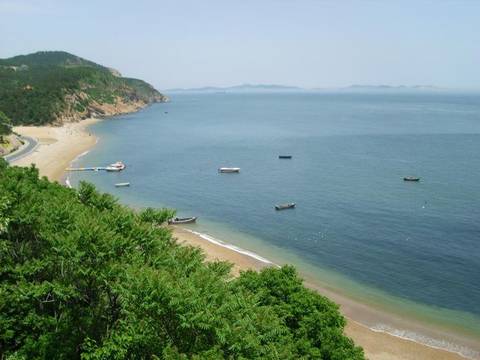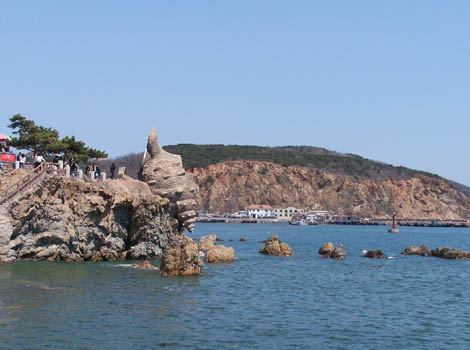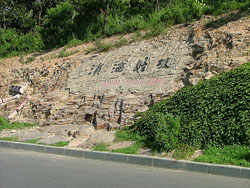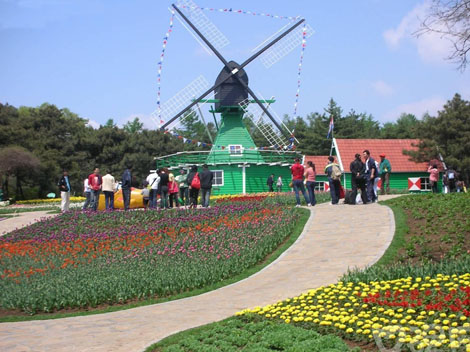Shenyang Imperial Palace
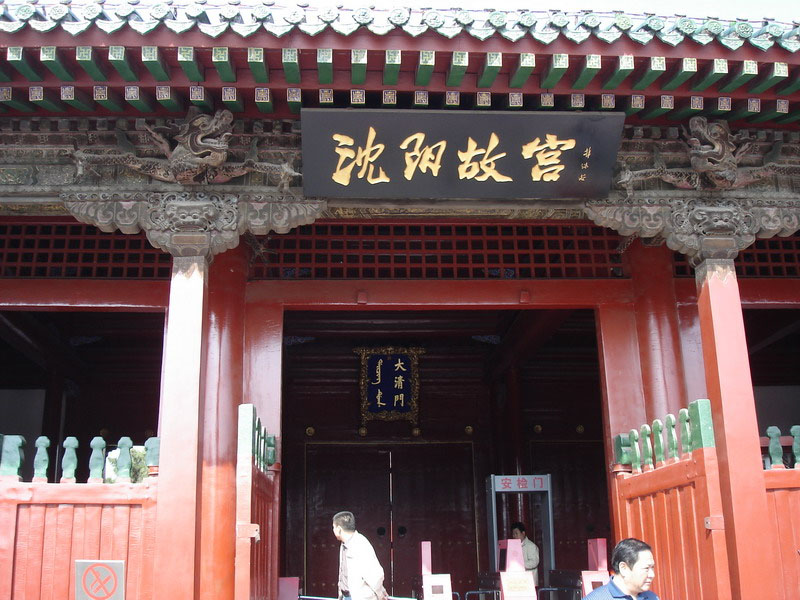
Manchu culture is the center piece of the Imperial Palace in Shenyang, capital of northeastern China's Liaoning Province.
The royal complex, through has the same name in Chinese as the Forbidden City in Beijing, contains a different historic and cultural feature, according to Zhi Yunting, the palace curator.
Founded in 1624, the 380-year-old Shenyang Imperial Palace is one of the few ancient Chinese architectures to epitomize an ethnic culture, next to the Potala Palace in Lhasa, capital of the Tibet Autonomous Region.
The main structure of the palace was started by Nuerhachi (1559-1626) and completed by his son Huangtaiji (1592-1643), both founding emperors of the Qing Dynasty, China's last dynasty that was founded by the Manchu aristocrats in 1644 and collapsed in 1911.
After the dynasty territorially expanded southward and eventually ruled the whole China, the Forbidden City in Beijing succeeded it as royal residence. But still, Qing Emperors Kangxi and Qianlong, the two longest-ruling emperors in China's history, expanded the palace and added Han and Mongol architectural styles to its original Manchu style.
The palace covers 70,000 square meters and has some 300 rooms in 70 buildings. Through smaller than the 720,000-square-meter Forbidden City in Beijing, Shenyang Imperial Palace still has "unique features" and "special historical, artistic and scientific values", as Zhi puts it.
"Its architecture mirrors Manchu customs and the blend of local ethnic groups at the time of its construction. From this palace, we know a lot about the Qing Dynasty in its incipient stage," Zhi said.
The Dazheng (Grand Politics) Hall, built by Nuerhachi, has a group of ten Banner Pavilions in the front that were administrative offices for tribal chieftains. "The buildings are typically Manchu in style and showcase the 'eight-banner system' that originated in the Manchu tribes' hunting process," Zhi explained.
Besides, all buildings in the palace were strategically designed to ensure safety, he added. "The residence buildings were all taller than the throne hall because the nomadic Manchu people would remain vigilant even when they were asleep."
The tallest building in Beijing's Forbidden City, on the contrary, is the throne hall, or Hall of Supreme Harmony, which isas tall as a nine-story building to show the supreme power of the emperor, who was described as the "Son of Heaven".
Compared with the Forbidden City, which was first built in 1406 and features solely the Han culture, the Shenyang palace also highlighted the Manchu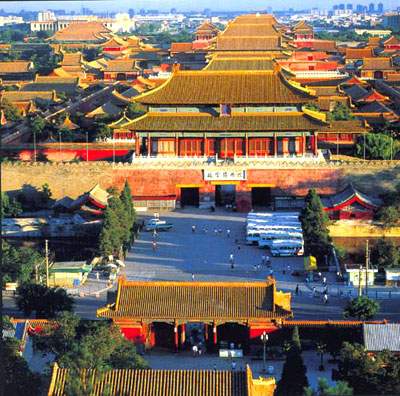 people's awe for their ancestors, Zhi said."Huangtaiji, for example, had the Chongzheng (Supreme Politics) Hall built for his enthronement, instead of moving into his father's Dazheng Hall, to show respect."
people's awe for their ancestors, Zhi said."Huangtaiji, for example, had the Chongzheng (Supreme Politics) Hall built for his enthronement, instead of moving into his father's Dazheng Hall, to show respect."
Likewise, Emperor Qianlong erected the Diguang Hall during a visit to Shenyang as his own residence.
"As a result, the Shenyang palace has three halls with glazed tile roofs in bright yellow, symbol of royal power. In the Forbidden City, however, there's only one hall -- the Hall of Supreme Harmony," said Zhi.
"The charm of the Shenyang palace lies right in the traditional folklore and the cultural diversity in a nation where dozens of ethnic groups coexist in harmony," he said.
China is working to include the palace in the World Cultural Heritage List of the United Nations Educational, Scientific and Educational Organization at the 28th World Heritage Committee conference slated between June 28 and July 7 in Suzhou, a scenic city in eastern China's Jiangsu Province.
A total of 177 nations, including China, have signed into the Convention Concerning the Protection of World Cultural and Natural Heritage and on the list are 754 places all over the world, of which 29 are in China.
